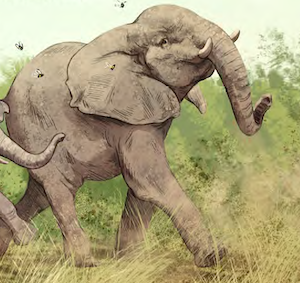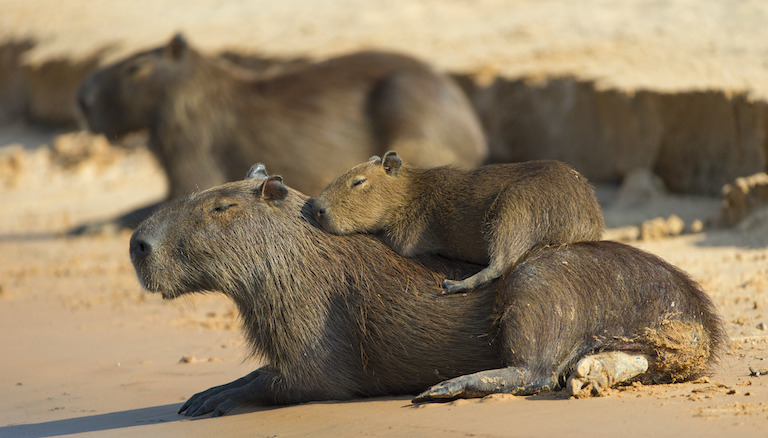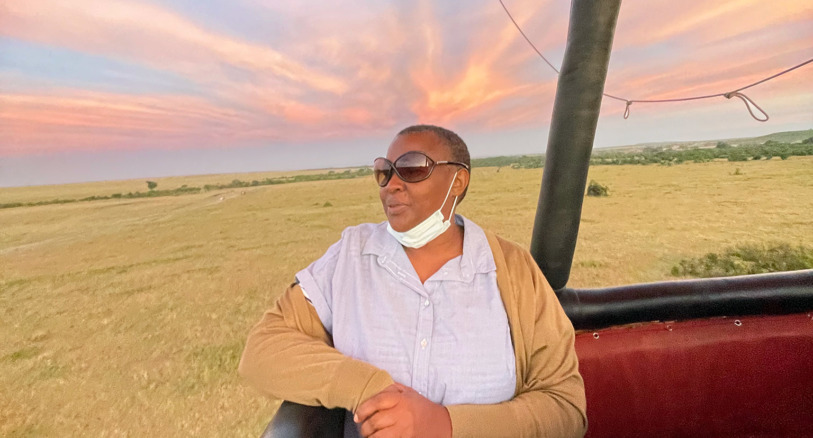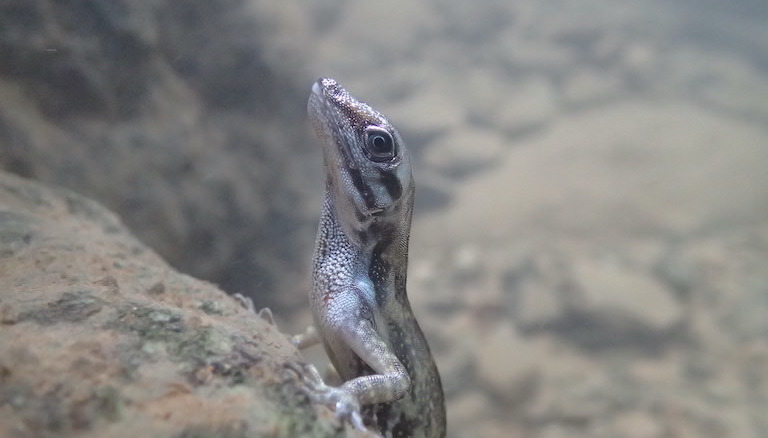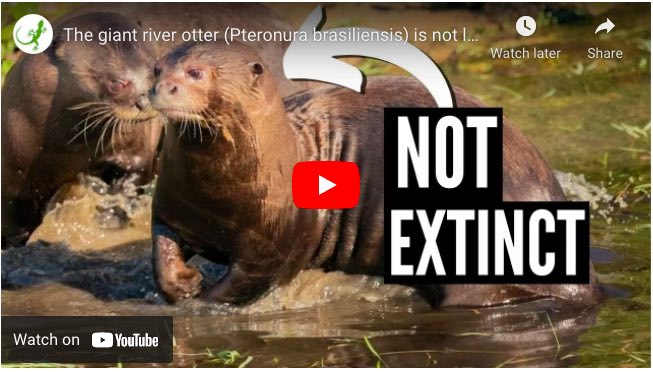A frog fanatic!
Would you like to spend all your time exploring and learning about your favorite animal?
Djoko Tjahjono Iskandar has lived that kind of life. He has spent nearly 50 years exploring rural Indonesia in pursuit of new frog species.

Indonesia is home to almost 10% of around 6,000 known species of frogs in the world. Djoko has described several of the 400 species of frogs so far found in Indonesia.
Indonesia:
Indonesia is the world’s largest archipelagic country (country entirely made up of islands). Indonesia covers 17,000 islands. Over the course of his career, Djoko has waded through marshes in Sumatra, hiked forests in Java, ascended peaks in Sulawesi, tracked rivers in Borneo, and led expeditions through Papua looking for new frog species. “I usually start by tracing a river,” he said.
Born in Bandung on the island of Java, Djoko published Amphibians of Java and Bali in 1998. Djoko’s book featured 35 newly described frog species. To date, he has written 163 publications and more than 20 books.
In Kalimantan, the Indonesian portion of the island of Borneo, Djoko found Barbourula kalimantanensis, a frog without lungs that breathes through its skin. This frog had not been seen for years. On the island of Sulawesi, he described another frog species, Limnonectes larvaepartus. In this fascinating species, the female gives birth to live tadpoles, instead of laying eggs in a body of freshwater.

For Djoko, the study of frogs helps scientists understand the health of an environment as well as the frogs themselves
“Amphibians might be an indicator to measure the extent of the impact of climate change,” he said. If we understand how frog populations are doing, we can understand how the land around them are doing also.
Frog conservation status
Unfortunately, frogs around the world are at risk. “Amphibians are the most threatened vertebrate class on Earth, with 41% of species threatened with extinction,” according to the Amphibian Specialist Group at the IUCN, the global wildlife conservation authority.
Amphibians face a dangerous array of threats to their survival in the medium term, from habitat destruction and invasive species, to climate change, pollution, and demand for meat. Indonesia is a major source of frog meat for Western Europe. Experts say almost all of these frogs are caught in the wild for their legs, the meatiest part of the animal.
David Brown adapted this story for Mongabay Kids. It is based on an article by Donny Iqbal, published on Mongabay.com:

